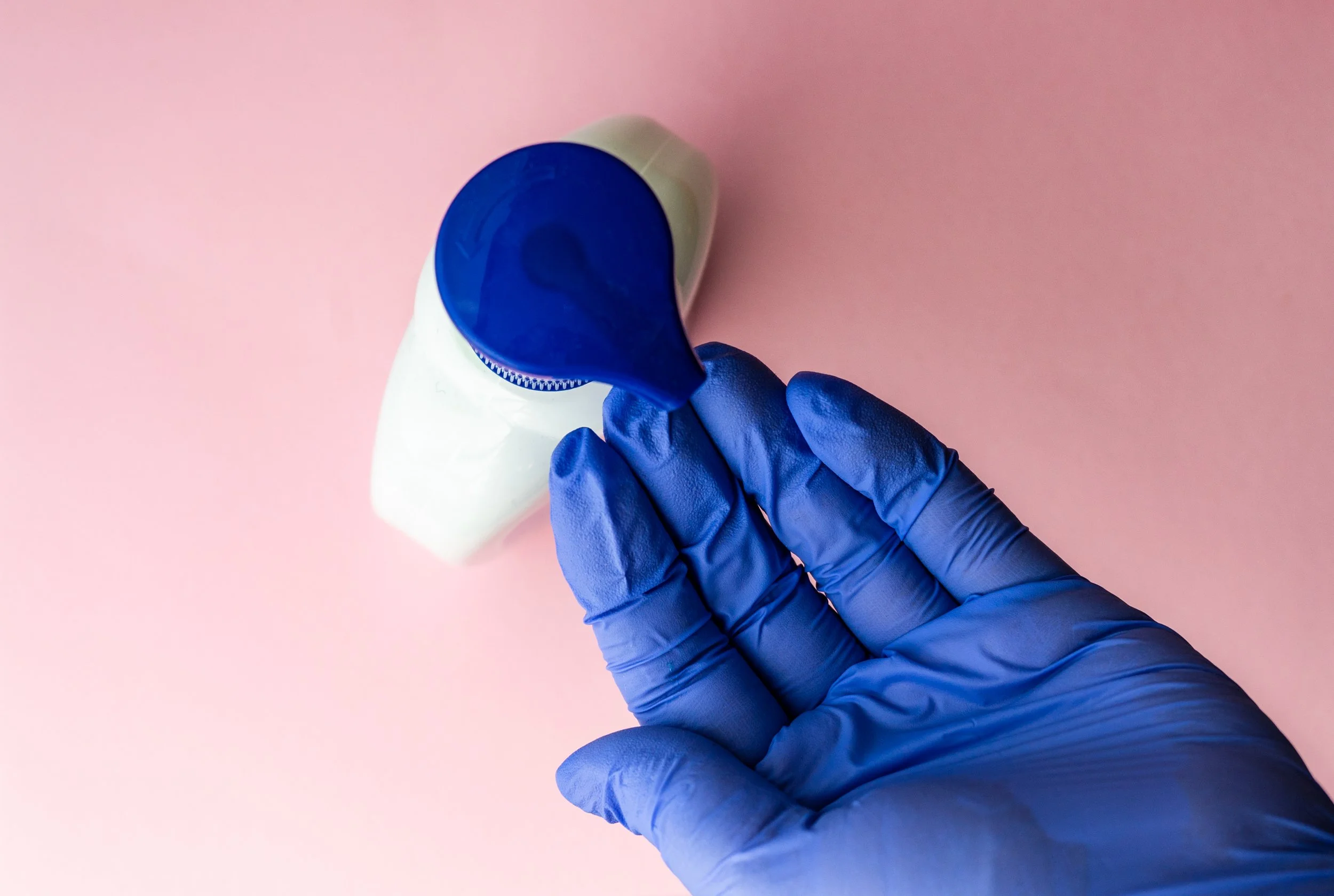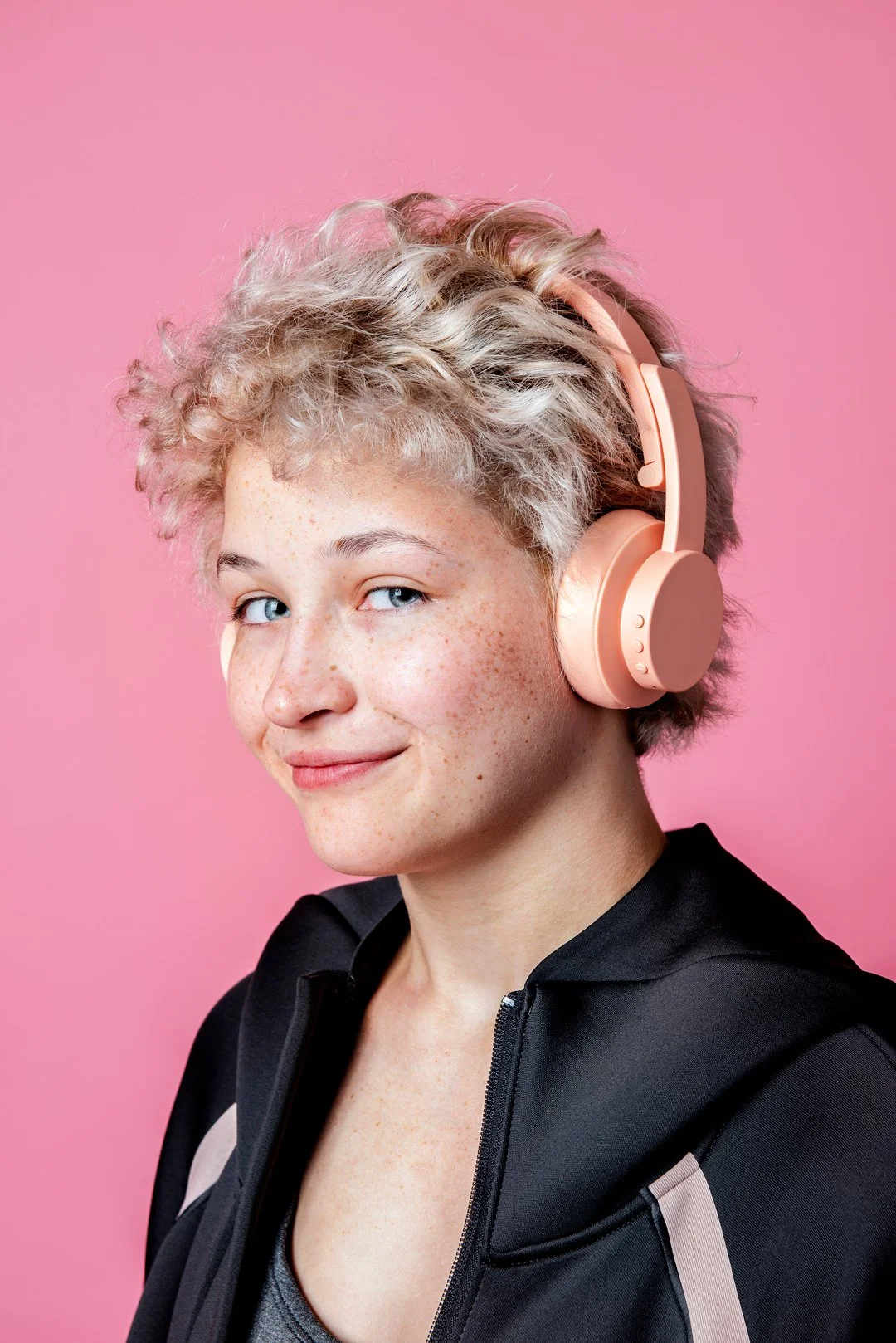When I Hit Pause on a Design (and Why That’s a Good Thing)
Saying no isn’t rejection. It’s respect. Sometimes a design idea doesn’t align with my style, your anatomy, or the long-term vision for how the tattoo will heal and age. When I decline or send back a project, it isn’t about control or ego. It’s about creating space for the right collaboration, where both client and artist feel safe, heard, and inspired. Boundaries protect the art, the body, and the relationship behind it.
Boundaries Make Better Art: What’s Off Limits for Me as an Artist
There are things I just don’t tattoo. Some for ethical reasons, some for comfort and safety, and some because my work is rooted in healing and self-love, not harm or judgment. Setting these boundaries isn’t about saying no for the sake of it… it’s about protecting the integrity of the art, the client, and myself.
This post outlines what I won’t tattoo and why, from hate symbols and religious imagery to unsafe placements and fleeting choices, all in service of keeping tattooing intentional, ethical, and deeply human.
What Does Trauma-Informed Tattooing Mean?
Trauma-informed tattooing means more than art on skin. It is about choice, consent, and creating a space where clients feel safe, seen, and respected. I bring empathy from my own history as a survivor, and I continue to educate myself on practices that help every client feel grounded and empowered. Tattoos can be healing, and my goal is to make that healing accessible.
Introducing Reiki and Intuitive Healing as a Tattoo Add-On
Reclamation Tattoo now offers an optional add-on with Elanna Belanger, Reiki Healer and Intuitive Coach. Enhance your tattoo session with Reiki or an Intuitive Psychic Reading to bring deeper healing, clarity, and intention into your experience.
Reclaiming Gender Expression Through Tattoos
Tattoos can be a powerful way to affirm, reject, or reshape gender expression. This post explores how I support clients in marking their bodies on their own terms—without assumptions or pressure.
Covering Self-Harm Scars with Intention and Care
Tattooing over self-harm scars isn’t about hiding the past—it’s about reclaiming the skin you survived in. This post breaks down how I approach the process with care, consent, and no pressure.
How to Prepare for Your Tattoo Appointment (Especially if You’re Anxious)
Anxious about getting tattooed? You’re not alone. Here’s how to prepare—physically, mentally, and emotionally—to make the experience more manageable and less overwhelming.
What to Expect at a Trauma-Informed Tattoo Session
Trauma-informed tattooing isn’t about being soft—it’s about being respectful. From consent to communication to sensory needs, here’s what to expect in my studio.
How Tattoos Reclaim Bodies the World Has Tried to Steal
Tattooing can be more than art—it can be reclamation. For those who’ve felt disconnected from their bodies due to trauma, illness, or control, getting tattooed can be a powerful way to say: “This is mine now.”
Tattoo Aftercare: How to Heal Your New Tattoo Safely
Proper aftercare helps your tattoo heal clean and stay sharp. This guide covers both classic and adhesive bandage methods, with straightforward steps, do’s and don’ts, and tips for avoiding common healing mistakes.
Working with Sensory Sensitivities in a Tattoo Studio
Tattooing doesn’t have to be overwhelming. I offer sensory-friendly options like quiet sessions, adjusted lighting, and flexible pacing to support clients with sensitive systems. Your nervous system isn’t a problem—it’s part of the process.











